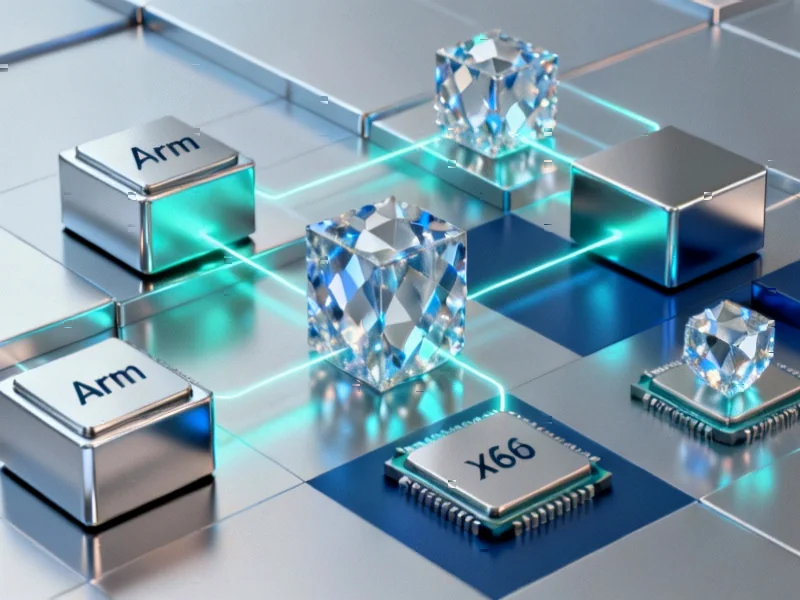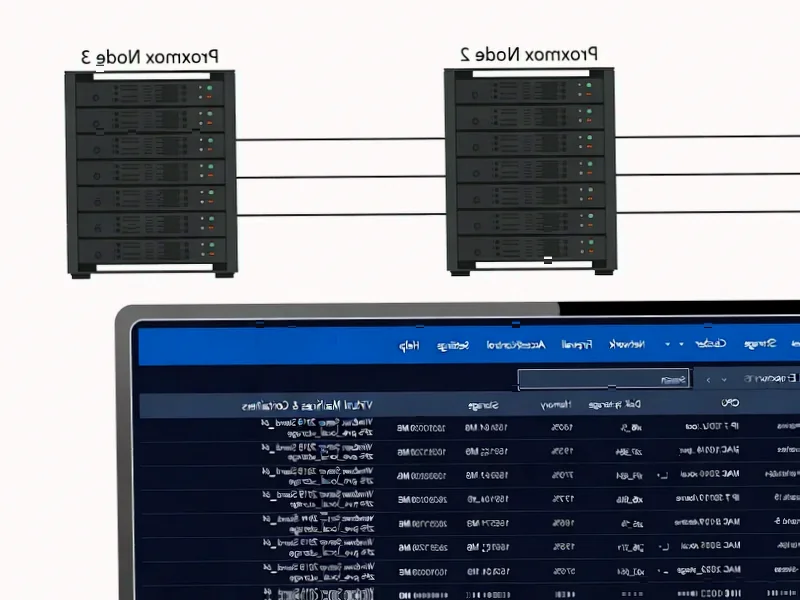According to Forbes, Seagate shares surged over 10% following exceptional fiscal Q1 2026 earnings that exceeded Wall Street expectations. The data storage company reported $2.63 billion in revenue, representing 21% year-over-year growth, with adjusted EPS reaching $2.61. The company shipped 182 exabytes of hard-drive capacity, including 159 exabytes from nearline drives specifically designed for cloud and hyperscale data centers. Most significantly, Seagate achieved a production milestone by shipping over 1 million Mozaic HAMR drives during the September quarter, with five major cloud providers already approving the Mozaic 3+ platform and another hyperscale customer qualifying for Mozaic 4+ expected to scale in second half FY26. This technical progress suggests Seagate’s AI-driven momentum may represent more than just cyclical recovery.
The Physics Behind HAMR’s Density Revolution
Heat-Assisted Magnetic Recording represents one of the most significant fundamental changes to hard drive technology in decades. Traditional perpendicular magnetic recording faces physical limitations due to the superparamagnetic effect – as magnetic grains shrink to increase density, they become thermally unstable and can spontaneously flip states. HAMR overcomes this by temporarily heating the recording media with a precision laser to near the Curie temperature, reducing the magnetic coercivity just enough to write data, then allowing rapid cooling to lock the magnetic orientation in place. This thermal assistance enables grain sizes to shrink by approximately 50% compared to conventional recording, effectively doubling areal density without sacrificing data integrity.
The Manufacturing Hurdles Seagate Conquered
Reaching commercial production of 1 million HAMR drives represents a monumental achievement in precision manufacturing. The technical challenges included developing a nanoscale near-field transducer that could focus laser energy to a spot smaller than the diffraction limit, creating media with precisely controlled thermal properties, and engineering a recording head that integrates both magnetic write elements and optical components without interference. The fact that Seagate has achieved volume production suggests they’ve solved critical issues around component reliability, thermal management, and manufacturing yield rates that have plagued HAMR development for over a decade across the industry.
How HAMR Reshapes AI Storage Architecture
The transition to higher capacity drives fundamentally changes the economics of AI infrastructure. When cloud operators can store more data per drive, they reduce the physical footprint, power consumption, and networking complexity required for massive AI training datasets. This density improvement is particularly crucial for nearline storage systems that serve as the primary repository for training data. The move toward fewer, higher-capacity drives means storage controllers can manage the same total capacity with fewer spindles, reducing latency and improving data access patterns for distributed training workloads across GPU clusters.
The Broader Storage Technology Race
Seagate’s HAMR progress comes amid intense competition in storage technologies. Western Digital has pursued microwave-assisted magnetic recording (MAMR), while both companies face pressure from NAND flash advancements. However, HAMR’s demonstrated path to 40+ terabyte drives and beyond creates a compelling cost-per-terabyte advantage that flash cannot match for cold and warm storage tiers. This technological differentiation becomes increasingly valuable as AI models grow exponentially in size, creating unprecedented demand for cost-effective high-capacity storage. The qualification by five major cloud providers indicates that HAMR has moved from laboratory curiosity to production-ready technology with verified reliability.
The Structural Shift in Storage Economics
Seagate’s achievement signals a potential inflection point in storage cost curves. For the past several years, areal density improvements had slowed significantly, threatening the historical trend of rapidly declining storage costs. HAMR revitalizes this trajectory, potentially enabling the 20-30% compound annual density growth needed to keep pace with AI data generation. This has profound implications for the entire AI ecosystem – more affordable storage enables larger training datasets, more extensive model archives, and more practical deployment of massive multimodal AI systems. The technology effectively extends the economic viability of hard drives for at least another product generation, preserving their role as the foundation of scalable AI infrastructure.




